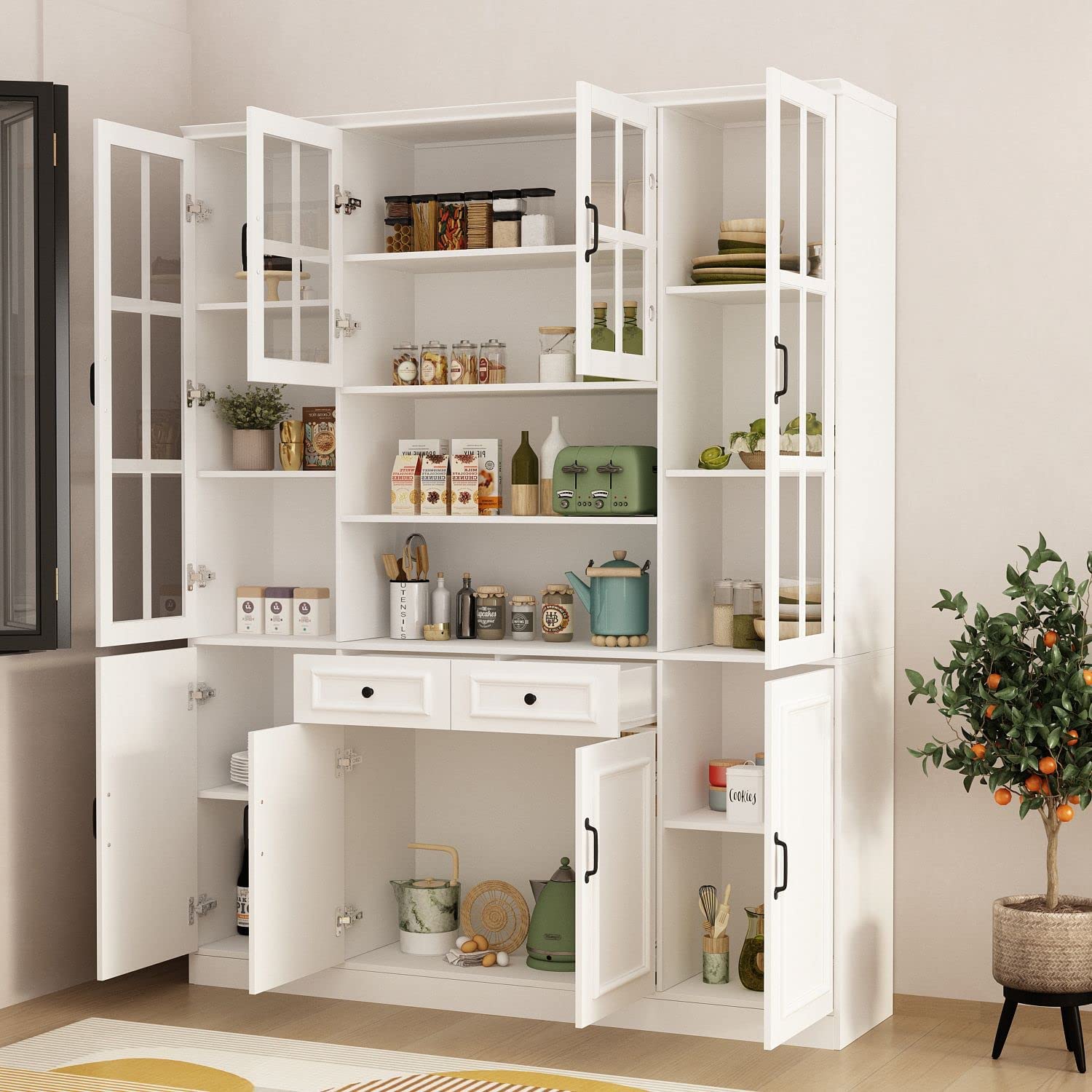

Articles
What Is The Standard Kitchen Cabinet Depth
Modified: October 20, 2024
Discover the perfect kitchen cabinet depth for your home with our comprehensive guide. Find the ideal measurements for your kitchen furniture to optimize storage and functionality.
(Many of the links in this article redirect to a specific reviewed product. Your purchase of these products through affiliate links helps to generate commission for Storables.com, at no extra cost. Learn more)
Introduction:
In any kitchen renovation or remodeling project, one crucial element to consider is the depth of your kitchen cabinets. The standard kitchen cabinet depth plays a significant role in not only the overall aesthetics of your kitchen but also its functionality and storage capacity. Understanding the standard depth, as well as alternative options available, will help you make an informed decision when choosing the right cabinets for your kitchen.
The depth of kitchen cabinets refers to the distance from the front face of the cabinet to the back wall. It determines how much space you have to store your kitchen essentials, appliances, and cookware. While there are variations in cabinet depths depending on factors such as manufacturer and design, there is a generally accepted standard depth that is commonly used in kitchen designs.
It is important to note that the standard kitchen cabinet depth may vary depending on the region and cultural preferences. However, in this article, we will focus on the commonly used standard cabinet depth in many parts of the world.
Understanding the standard depth of kitchen cabinets is essential because it not only affects the functionality of your kitchen but also impacts the overall design and flow of the space. It determines how much countertop space you will have, as well as the clearance for opening and closing cabinets. It is crucial to strike a balance between storage and accessibility when choosing the cabinet depth for your kitchen.
In the following sections, we will delve deeper into the common standard kitchen cabinet depths, the factors influencing cabinet depth, the advantages and disadvantages of standard cabinet depth, alternative cabinet depth options, and how to choose the right cabinet depth for your kitchen.
Key Takeaways:
- Standard cabinet depth of 24 inches offers optimal storage, efficient use of space, and compatibility with appliances, making it a popular choice for many homeowners.
- Exploring alternative cabinet depth options, such as shallow cabinets, deep cabinets, or customized depths, allows for tailored storage solutions to address specific requirements and create a more functional kitchen layout.
Read more: What Is The Standard Kitchen Cabinet Height
Understanding Kitchen Cabinet Depth:
When it comes to understanding kitchen cabinet depth, it’s important to remember that cabinets are not just storage units; they also contribute to the overall design and functionality of your kitchen. The depth of your kitchen cabinets determines how much space you have for organizing and storing your kitchen essentials.
The standard depth for kitchen cabinets typically ranges from 12 inches to 24 inches. However, the most commonly used standard depth is 24 inches. This depth provides ample space for most kitchen items and allows for easy accessibility. Keep in mind that this standard depth measurement refers to the measurement from the front of the cabinet to the back wall.
In addition to the standard depth, it’s essential to consider the door style and design when determining the overall cabinet depth. Some cabinet doors, such as full overlay or inset doors, may require additional depth to accommodate the door’s thickness when it is closed.
It’s worth mentioning that not all cabinets in your kitchen need to have the same depth. It’s common to have different depths for various types of cabinets, depending on their functionality and the items they will store. For example, cabinets above countertops usually have a shallower depth compared to floor cabinets or pantry cabinets.
It’s crucial to take precise measurements and consider the layout of your kitchen when determining the cabinet depth. Assess your storage needs and think about the items you plan to store in each cabinet. Consider whether you need dedicated storage for larger appliances, such as a refrigerator or dishwasher, to ensure they fit comfortably.
Furthermore, keep in mind that the depth of your cabinets should not compromise the available countertop space. Having enough countertop space is crucial for food preparation, cooking, and other kitchen tasks. Ensure that the depth of your cabinets allows sufficient clearance for your countertop appliances, such as microwaves or blenders, without encroaching on the workspace.
Overall, understanding kitchen cabinet depth involves considering the standard measurements, door styles, functionality, and the layout of your kitchen. By taking all these factors into account, you can make an informed decision to create a functional and aesthetically pleasing kitchen space.
Common Standard Kitchen Cabinet Depths:
When it comes to selecting the perfect kitchen cabinets for your space, understanding the common standard kitchen cabinet depths is essential. While there can be variations depending on specific design preferences and regional practices, certain depths are widely considered as the standard in kitchen design. Let’s explore some of the most common standard depths:
- 12 inches: Cabinets with a depth of 12 inches are often used as wall cabinets. They provide storage for items such as spices, small utensils, and canned goods. These cabinets are typically installed above countertops to maximize vertical space.
- 15 inches: This depth is commonly used for vanities in bathrooms or smaller-sized kitchens. It offers slightly more storage space compared to 12-inch cabinets and provides room for compact appliances or bathroom supplies.
- 18 inches: 18-inch deep cabinets are frequently used for upper cabinets in kitchens. They provide more storage space than 12-inch cabinets and can accommodate dinnerware, glassware, and other kitchen essentials.
- 24 inches: The most commonly used standard depth for kitchen base cabinets and pantry cabinets is 24 inches. This depth allows for ample storage space and is suitable for storing larger items like pots, pans, and small appliances. It also provides sufficient countertop depth and clearance.
- 30 inches: This depth is often utilized for pantry cabinets or cabinets that require extra storage space. They offer more depth for storing larger items and can accommodate items like baking sheets, cutting boards, and oversized utensils.
- 36 inches: Cabinets with a depth of 36 inches, also known as full-depth cabinets, are typically used for corner cabinets or for creating a unified look in larger kitchen spaces. These cabinets provide maximum storage capacity for bulkier items while maintaining a consistent aesthetic.
It’s important to note that the above measurements are standard depths, but variations can exist based on individual preferences and customization options. Additionally, it’s common to have a combination of cabinet depths in a kitchen design, as they serve different storage purposes and fit specific areas within the overall layout.
Ultimately, the choice of standard kitchen cabinet depth will depend on factors such as available space, storage needs, and personal preferences. Evaluating your specific requirements and consulting with a kitchen designer can help you select the ideal cabinet depths that maximize both functionality and aesthetic appeal.
Factors Influencing Cabinet Depth:
When determining the depth of your kitchen cabinets, it’s essential to consider various factors that can influence the decision. Understanding these factors will help you choose the optimal cabinet depth for your specific needs. Let’s explore some key factors that can impact cabinet depth:
- Space Availability: The available space in your kitchen plays a significant role in determining the cabinet depth. If you have a smaller kitchen with limited space, you may opt for shallower cabinets to maximize floor space and create a more open feel. However, if you have a larger kitchen, you can consider deeper cabinets to accommodate more storage and larger items.
- Storage Needs: Assessing your storage needs is crucial in determining the appropriate cabinet depth. Consider the types of items you need to store in your cabinets and their sizes. If you have many large appliances or bulky cookware, deeper cabinets may be necessary to accommodate them properly. On the other hand, if you have mainly small kitchen utensils and dishes, shallower cabinets may suffice.
- Functional Requirements: The function of your cabinets can also impact the depth. Certain areas of your kitchen, such as above the stovetop or sink, may require shallower cabinets to ensure easy access during cooking or dishwashing. Pantry cabinets, on the other hand, may benefit from deeper depths to store a variety of items, including larger food containers and grocery supplies.
- Appliance Integration: Consider how your kitchen appliances will integrate with the cabinets. For built-in appliances like refrigerators and dishwashers, it is important to ensure that the cabinets provide proper depth and clearance for seamless installation. Take into account the specific measurements of your appliances when determining the cabinet depth.
- Countertop Space: The depth of your cabinets must also consider the desired countertop space. Cabinets that are too deep can encroach on the available countertop surface, limiting your workspace for food preparation and other kitchen tasks. It’s essential to strike a balance between cabinet depth and countertop space to create a functional and efficient kitchen layout.
- Design and Style: The overall design and style of your kitchen can also influence the cabinet depth. Some design aesthetics may call for shallower or deeper cabinets to achieve a specific look. It’s important to consider how the cabinet depth will complement the overall design theme of your kitchen.
By evaluating these factors and considering your specific needs and preferences, you can determine the most suitable cabinet depth for your kitchen. Remember to take accurate measurements and consult with a kitchen designer or contractor to ensure that your chosen cabinet depth aligns with the overall functionality and aesthetics of your space.
Advantages of Standard Cabinet Depth:
The standard cabinet depth, typically around 24 inches, offers several advantages that make it a popular choice for kitchen designs. Understanding these advantages can help you determine if the standard cabinet depth is the right fit for your kitchen. Let’s take a look at some of the advantages:
- Optimal Storage Capacity: The standard cabinet depth provides ample storage capacity for a wide range of items. From pots and pans to small appliances and pantry items, the 24-inch depth allows for efficient organization and storage of kitchen essentials. The standardized depth ensures that most items will fit comfortably within the cabinets.
- Efficient Use of Space: The standard depth is designed to maximize the use of available space in the kitchen. It strikes a balance between providing sufficient storage capacity and allowing for proper clearance and countertop space. The cabinets don’t protrude too far into the kitchen, maintaining a visually appealing and functional layout.
- Easier Accessibility: With the standard cabinet depth, it’s easier to access the items stored in the cabinets. You won’t have to reach too far into the cabinet to retrieve what you need, minimizing strain on your back and providing convenience in your everyday kitchen tasks. The standard depth allows for easy visibility and reachability of items, eliminating the need to shuffle and shift items to access what you need.
- Compatibility with Appliances: The standard cabinet depth is generally compatible with most kitchen appliances, such as refrigerators, dishwashers, and wall ovens. It ensures proper integration and alignment, creating a seamless appearance in your kitchen. This compatibility also facilitates easier installation and maintenance of appliances.
- Wide Availability: The standard cabinet depth is widely available from various manufacturers and suppliers. This makes it easier to find ready-to-install cabinets in the standard size, reducing customization costs and potential delays in the kitchen remodeling process. It also offers more options for design and style choices.
- Consistency in Kitchen Design: The standard cabinet depth creates a sense of uniformity and consistency in your kitchen design. It provides visual harmony when paired with other elements, such as countertops and backsplashes. The standard depth cabinets blend seamlessly into the overall kitchen aesthetic, creating a polished and cohesive look.
These advantages of the standard cabinet depth make it a popular choice for many homeowners. However, it’s important to assess your specific needs and consider any potential limitations or customization requirements before making a final decision. Consulting with a kitchen designer or contractor can help you determine if the standard depth cabinets are the right fit for your kitchen space and lifestyle.
Standard kitchen cabinet depth is typically 24 inches, but it can vary based on the manufacturer and style. Be sure to measure your space and consider any appliances or fixtures that may impact the depth needed for your cabinets.
Disadvantages of Standard Cabinet Depth:
While the standard cabinet depth has its advantages, there are also a few potential disadvantages to consider before committing to this option for your kitchen. It’s important to be aware of these potential drawbacks to make an informed decision. Here are some disadvantages of standard cabinet depth:
- Limited Storage Space for Oversized Items: The standard cabinet depth may not be ideal if you have larger appliances or oversized cookware that doesn’t fit comfortably within the standard dimensions. If you frequently use large baking sheets, roasting pans, or bulky appliances, you may find it challenging to store these items efficiently within the standard-sized cabinets.
- Reduced Countertop Space: The standard cabinet depth can encroach on your available countertop space. If you require an expansive workspace for meal preparation or have multiple countertop appliances, the standard depth cabinets may limit your countertop area. This reduction in countertop space can impact your overall workflow and kitchen functionality.
- Less Customization Possibilities: The standard cabinet depth may limit design flexibility and customization options. If you have specific storage requirements or a unique kitchen layout, the standardized depth may not accommodate your needs perfectly. Customization in terms of cabinet depth might incur additional costs and longer lead times for production or installation.
- Challenges for Individuals with Physical Limitations: The standard cabinet depth may pose challenges for individuals with physical limitations or mobility issues. The deeper reach into the cabinets may be more challenging for those with limited arm strength or flexibility. In such cases, customized cabinet depths that offer easier accessibility and reachability may be more suitable.
- Potential Clutter and Inefficiency: With the standard cabinet depth, there is a possibility of items getting lost or cluttered within the cabinets. The depth can make it more challenging to organize and locate smaller items at the back of the cabinet. Without proper organization systems in place, it may be more difficult to maintain an efficient and clutter-free kitchen space.
It’s important to evaluate these potential disadvantages in relation to your specific kitchen needs, lifestyle, and preferences. Consider the type of items you need to store, your available space, and your desired kitchen functionality. This assessment will help you determine whether the standard cabinet depth is the right choice for your kitchen or if alternative options might be more suitable.
Remember, consulting with a kitchen designer or contractor can provide valuable insights and guidance tailored to your specific circumstances, helping you make a well-informed decision based on your individual requirements.
Alternative Cabinet Depth Options:
While the standard cabinet depth is widely used and offers many advantages, it’s important to explore alternative cabinet depth options that may better suit your specific needs and preferences. These alternatives can provide enhanced storage capacity, increased countertop space, or customization possibilities. Here are some alternative cabinet depth options to consider:
- Shallow Cabinets: Shallow cabinets, typically ranging from 9 to 15 inches in depth, are an excellent option for kitchens with limited space. They can be installed above countertops or in smaller areas, such as above a range hood or near a window. While they offer less storage capacity, they can create a visually light and open feel in the kitchen.
- Deep Cabinets: If you require more extensive storage for larger items or appliances, deep cabinets can be a suitable option. These cabinets typically exceed the standard 24-inch depth and can go up to 30 inches or more. Deep cabinets provide ample space for oversized pots, pans, and pantry items, ensuring efficient organization and accessibility.
- Pull-Out Shelves and Drawers: Incorporating pull-out shelves and drawers can provide increased accessibility and organization within standard-depth cabinets. These mechanisms allow you to easily access items at the back of the cabinet without straining or reaching too far. Pull-out shelves and drawers maximize storage efficiency and ensure items are within easy reach.
- Customized Depths: Customized cabinet depths offer the flexibility to tailor your kitchen storage to your specific needs. This option allows you to mix and match depths based on different areas of the kitchen. For example, you could have deeper cabinets for pantry storage and shallower cabinets for above countertop areas. Customization provides more flexibility in creating a kitchen layout that suits your lifestyle and storage requirements.
- Multi-Depth Cabinets: Another alternative is the use of multi-depth cabinets. These cabinets feature varying depths within the same unit, allowing you to optimize storage space based on the items being stored. This option offers the convenience of both shallow and deep storage within a single cabinet, maximizing usability and organization.
When considering alternative cabinet depth options, it’s important to strike a balance between storage needs, available space, and overall kitchen functionality. Customizable solutions and creative design strategies can help you create a kitchen that perfectly suits your needs and preferences.
Consulting with a kitchen designer or contractor can provide valuable guidance and expertise in exploring alternative cabinet depth options. They can help assess your space, discuss your storage requirements, and present you with various possibilities that align with your vision for the kitchen.
Remember that your kitchen should be designed to enhance your daily activities and reflect your personal style. Exploring alternative cabinet depth options enables you to create a truly customized and efficient kitchen space.
Choosing the Right Cabinet Depth for Your Kitchen:
When it comes to choosing the cabinet depth for your kitchen, there are several factors to consider. The right cabinet depth will depend on your specific needs, available space, and desired functionality. Here are some steps to help you make an informed decision:
- Evaluate Your Storage Needs: Consider the types of items you need to store in your kitchen cabinets and their sizes. Take inventory of your kitchen essentials, appliances, cookware, and pantry items. This assessment will give you a clear idea of the storage capacity you require.
- Assess Your Available Space: Measure your kitchen space to determine how much room you have for cabinets. Take into account the layout, including windows, doors, and other fixed elements. Consider both horizontal and vertical space to ensure the cabinets will fit comfortably in your kitchen without overcrowding the area.
- Consider Your Lifestyle: Take your lifestyle and cooking habits into account. Are you an avid cook who requires ample storage for various pots, pans, and cooking utensils? Do you have a large family and need extra pantry space? Analyze how you use your kitchen and what additional storage options would enhance your workflow.
- Balance Storage and Countertop Space: It’s crucial to strike a balance between cabinet storage and available countertop space. Consider how much countertop area you need for food preparation, cooking, and other kitchen tasks. Ensure that the chosen cabinet depth allows for adequate clearance and maintains a functional workspace.
- Explore Standard and Alternative Depth Options: Familiarize yourself with the standard cabinet depth options and the alternative depths available to you. Understand the advantages and disadvantages of each option. Consider whether the standard 24-inch depth meets your requirements, or if you need shallower or deeper cabinets for specific areas or items.
- Consult with a Kitchen Designer: Seeking advice from a kitchen designer or contractor can provide valuable insights tailored to your specific kitchen space. They can help you assess your needs, offer design suggestions, and discuss potential customization options. Their expertise can ensure that the chosen cabinet depth aligns with your overall kitchen design and functionality.
- Consider Personal Preferences: Lastly, consider your personal style and aesthetics. Reflect on the overall look you want to achieve in your kitchen. Whether you prefer a sleek, minimalist design or a more traditional, ornate style, the cabinet depth should complement and enhance your chosen design elements.
By following these steps and considering all relevant factors, you can choose the right cabinet depth for your kitchen. Remember that there is no one-size-fits-all solution, and what works for one kitchen may not work for another. Take your time, gather inspiration, and make an informed decision that aligns with your unique storage needs and design preferences.
Choosing the right cabinet depth is an important aspect of creating a functional and visually appealing kitchen space that truly reflects your lifestyle and personality.
Conclusion:
Choosing the right cabinet depth for your kitchen is a crucial decision that can impact the functionality, storage capacity, and overall aesthetics of your space. Understanding the standard cabinet depth, as well as alternative options, allows you to make an informed choice tailored to your specific needs and preferences.
The standard cabinet depth, typically around 24 inches, offers several advantages, including optimal storage capacity, efficient use of space, and compatibility with appliances. It provides a balance between storage and accessibility, making it a popular choice for many homeowners.
However, it’s important to consider the potential disadvantages of the standard depth, such as limited storage space for oversized items and reduced countertop space. Exploring alternative cabinet depth options, such as shallow cabinets, deep cabinets, or customized depths, allows you to address specific requirements and create a more tailored storage solution.
When choosing the cabinet depth for your kitchen, evaluate your storage needs, assess your available space, and consider your lifestyle and preferences. Balancing storage and countertop space is essential for creating a functional kitchen layout. Consulting with a kitchen designer or contractor can provide expert guidance and help you explore customization possibilities.
Remember, your kitchen should be a reflection of your personal style and functional needs. By carefully considering all factors and taking the time to select the right cabinet depth, you can create a kitchen that not only meets your storage requirements but also enhances your daily cooking experience.
In the end, the perfect cabinet depth for your kitchen will depend on finding the right balance between functionality, storage, aesthetics, and customization. By making a thoughtful and informed decision, you can create a kitchen space that is both practical and visually appealing for years to come.
Frequently Asked Questions about What Is The Standard Kitchen Cabinet Depth
Was this page helpful?
At Storables.com, we guarantee accurate and reliable information. Our content, validated by Expert Board Contributors, is crafted following stringent Editorial Policies. We're committed to providing you with well-researched, expert-backed insights for all your informational needs.
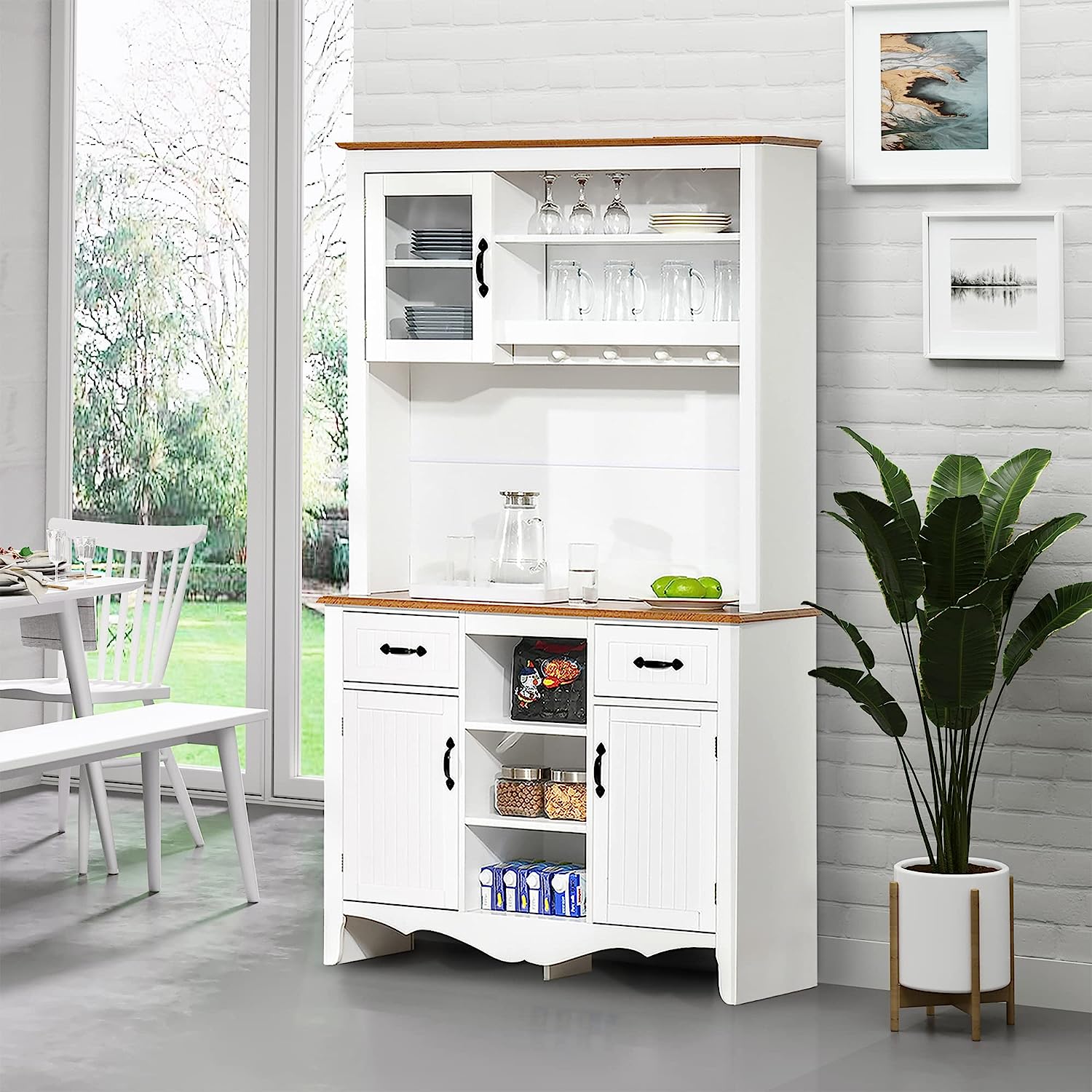
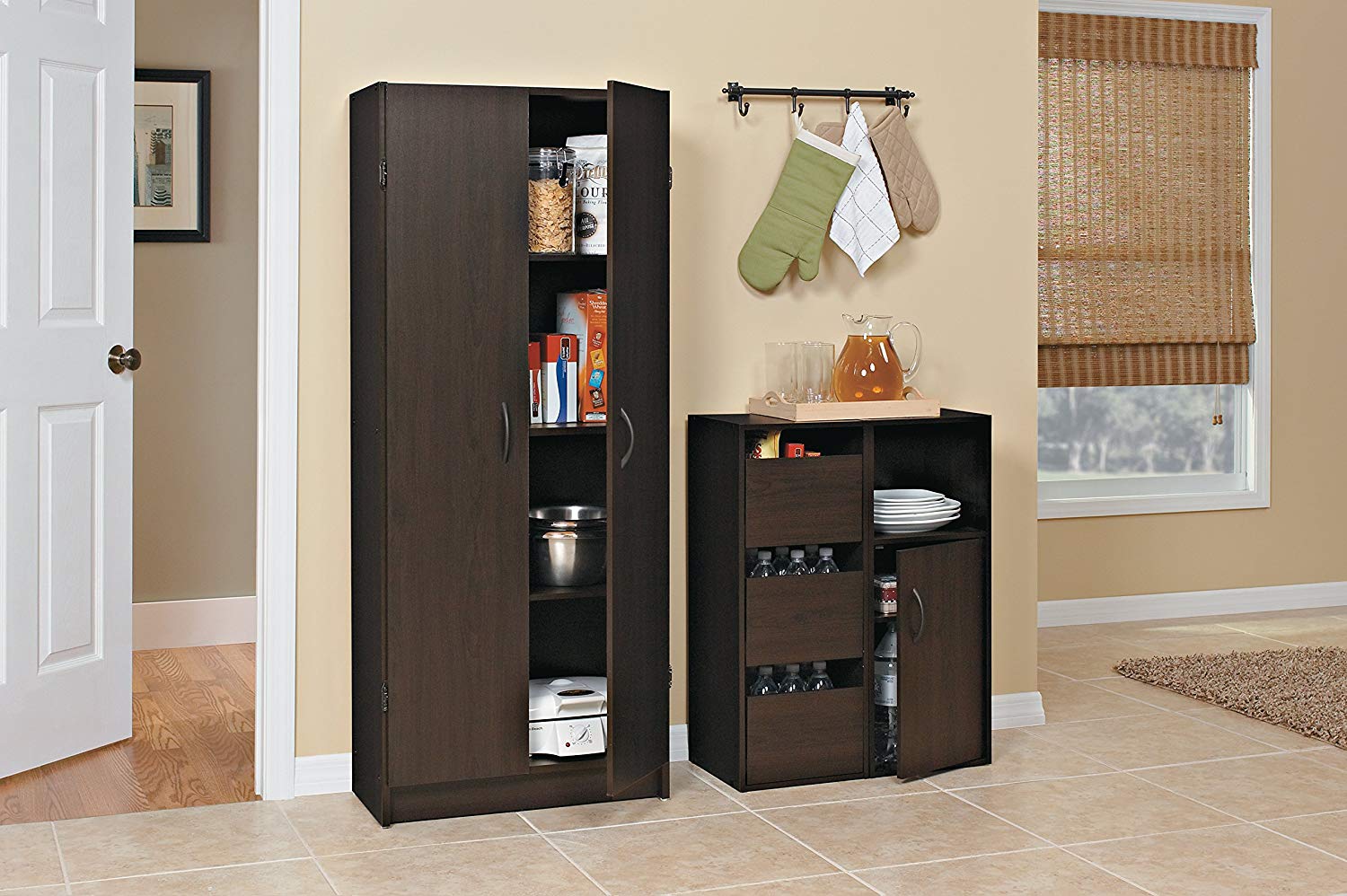
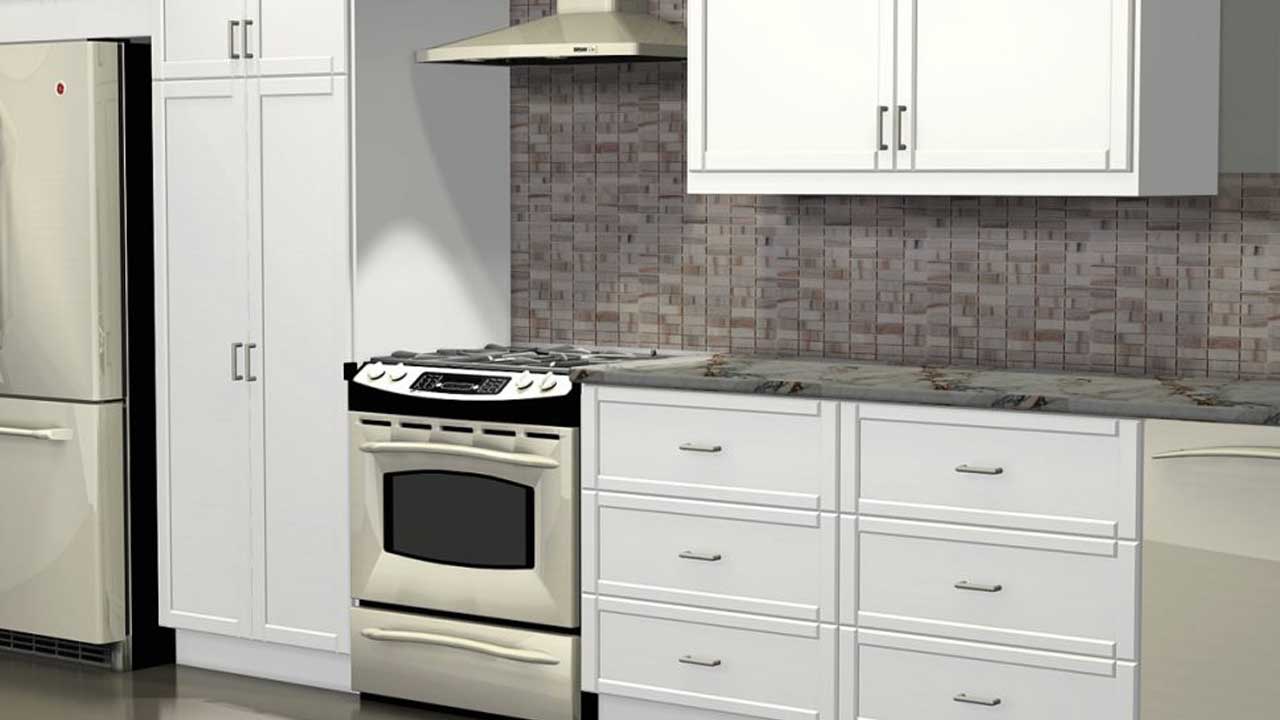
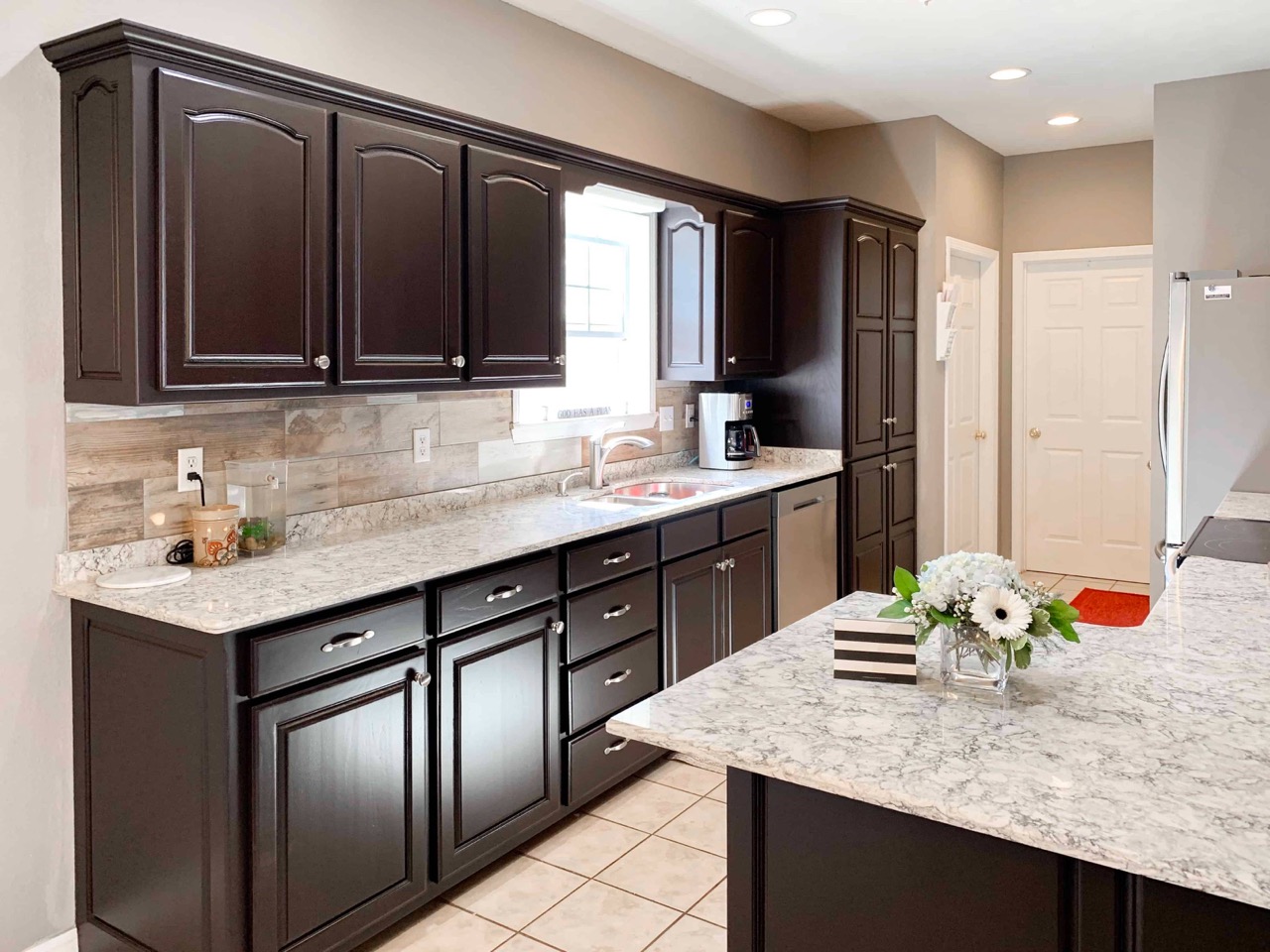
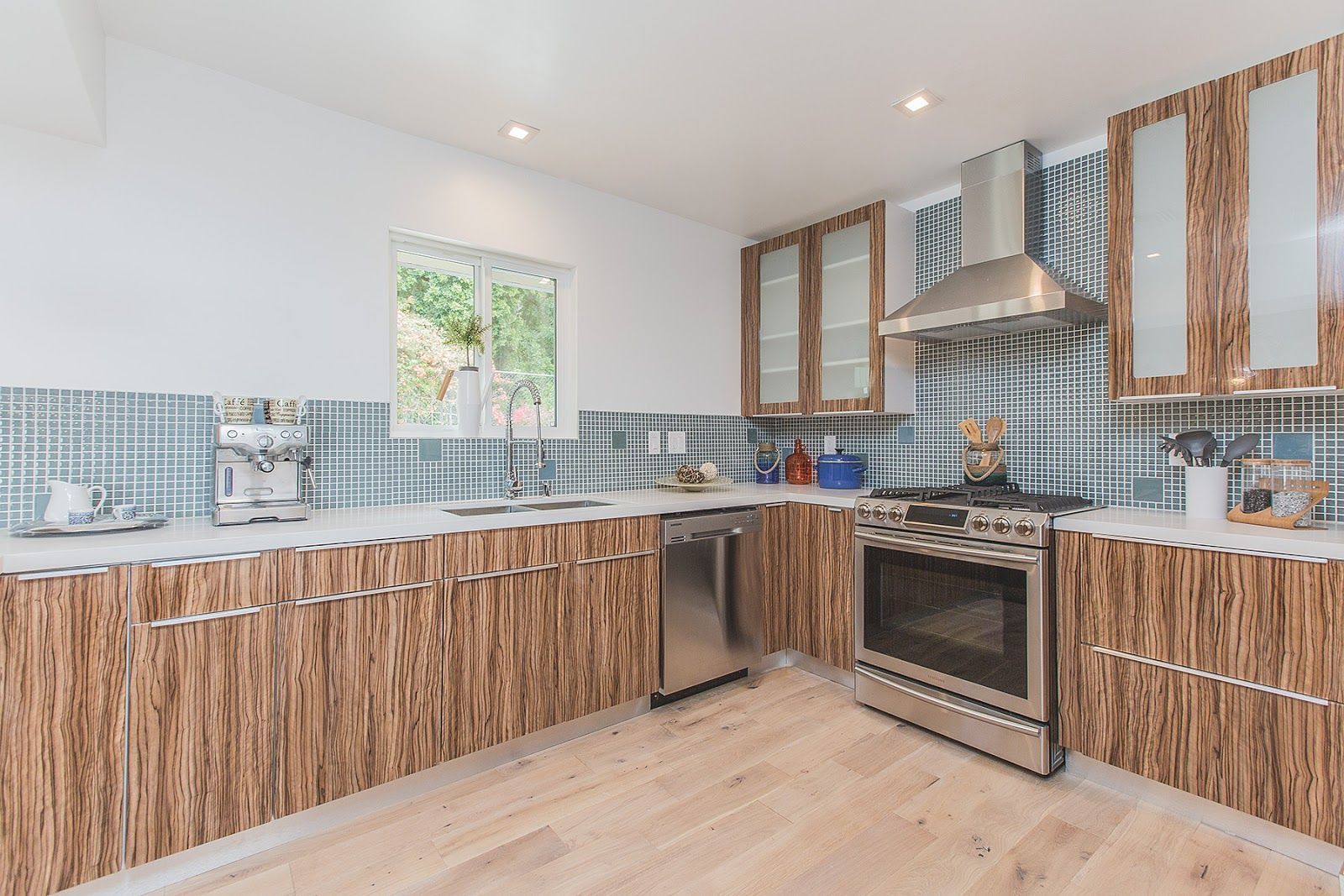
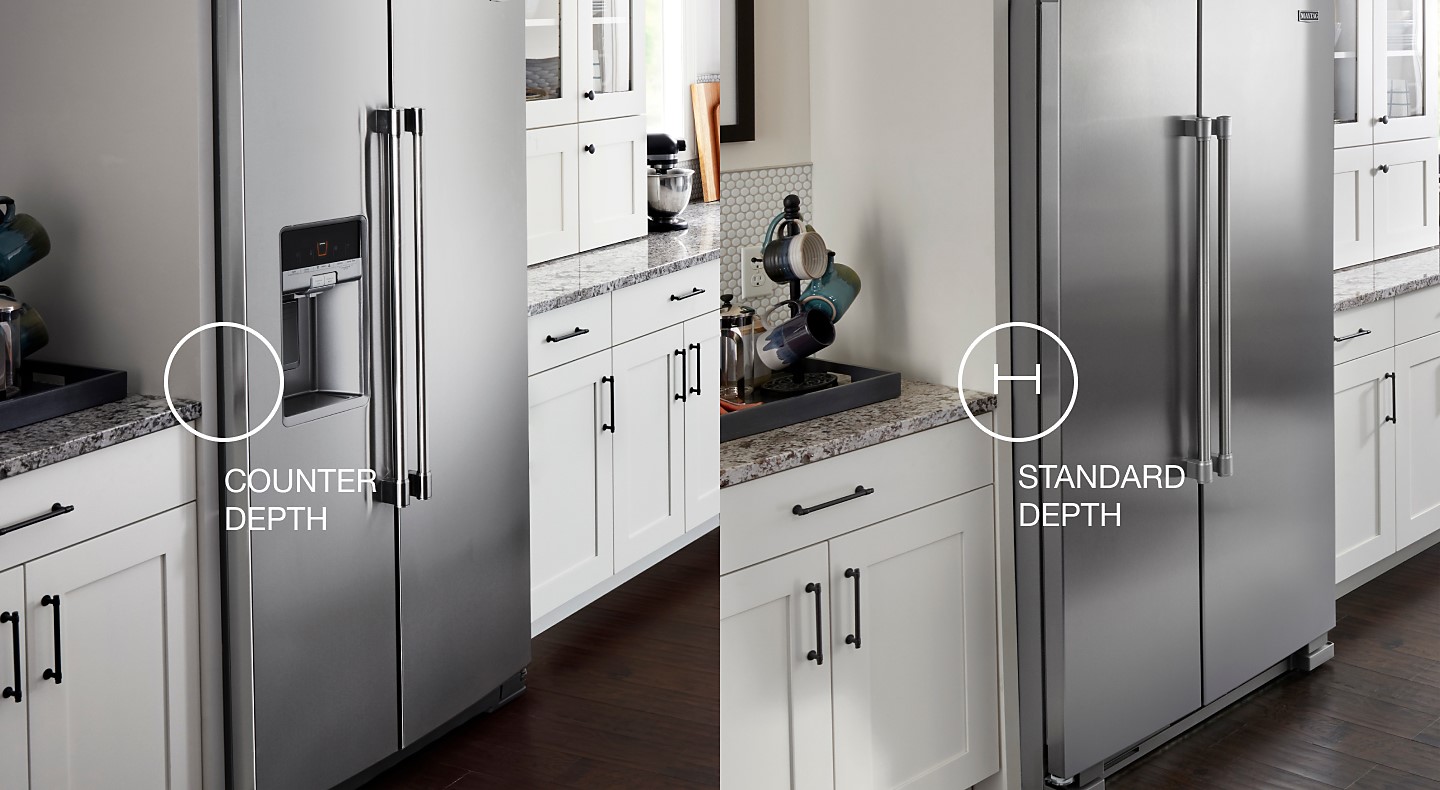
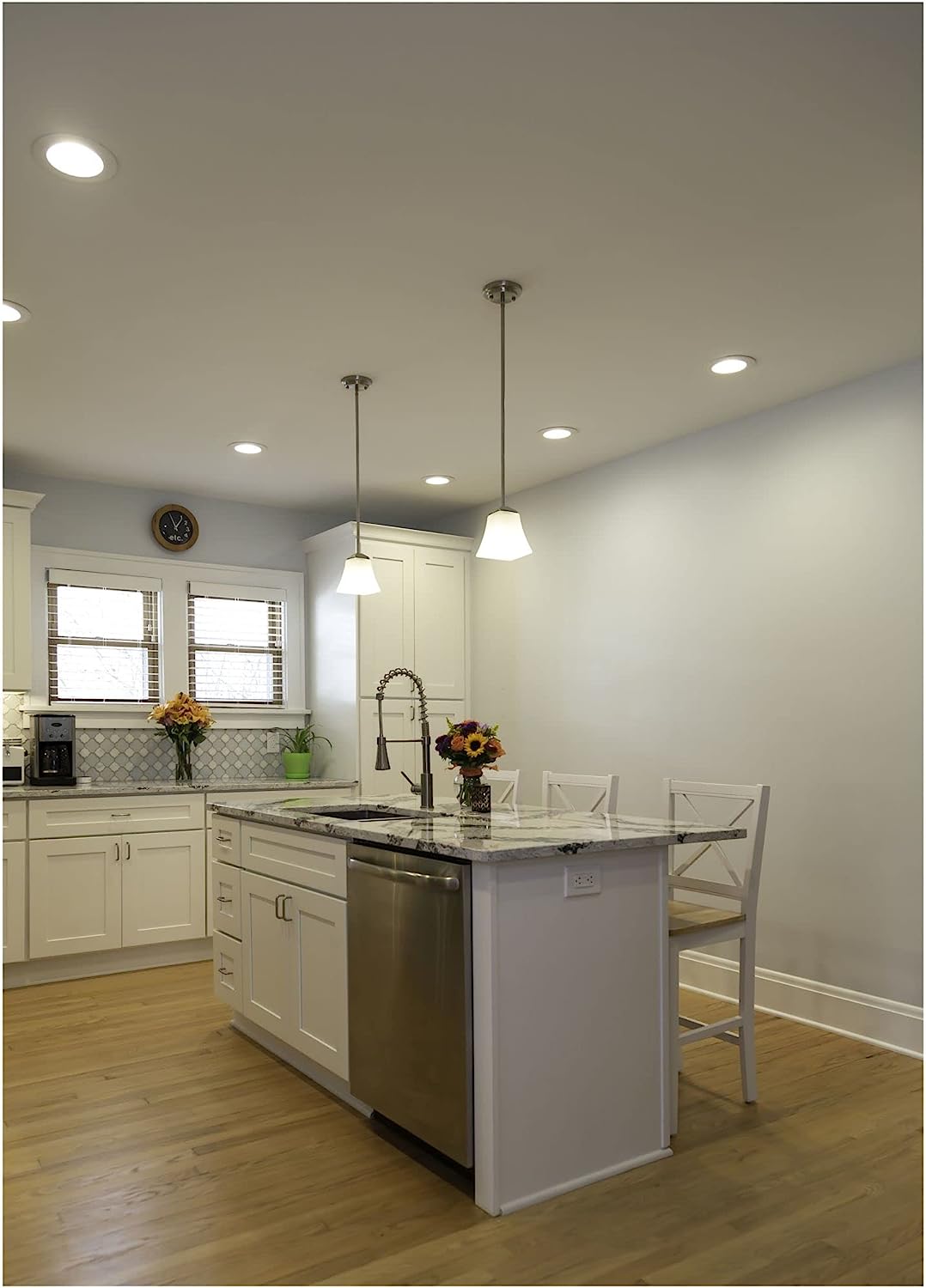
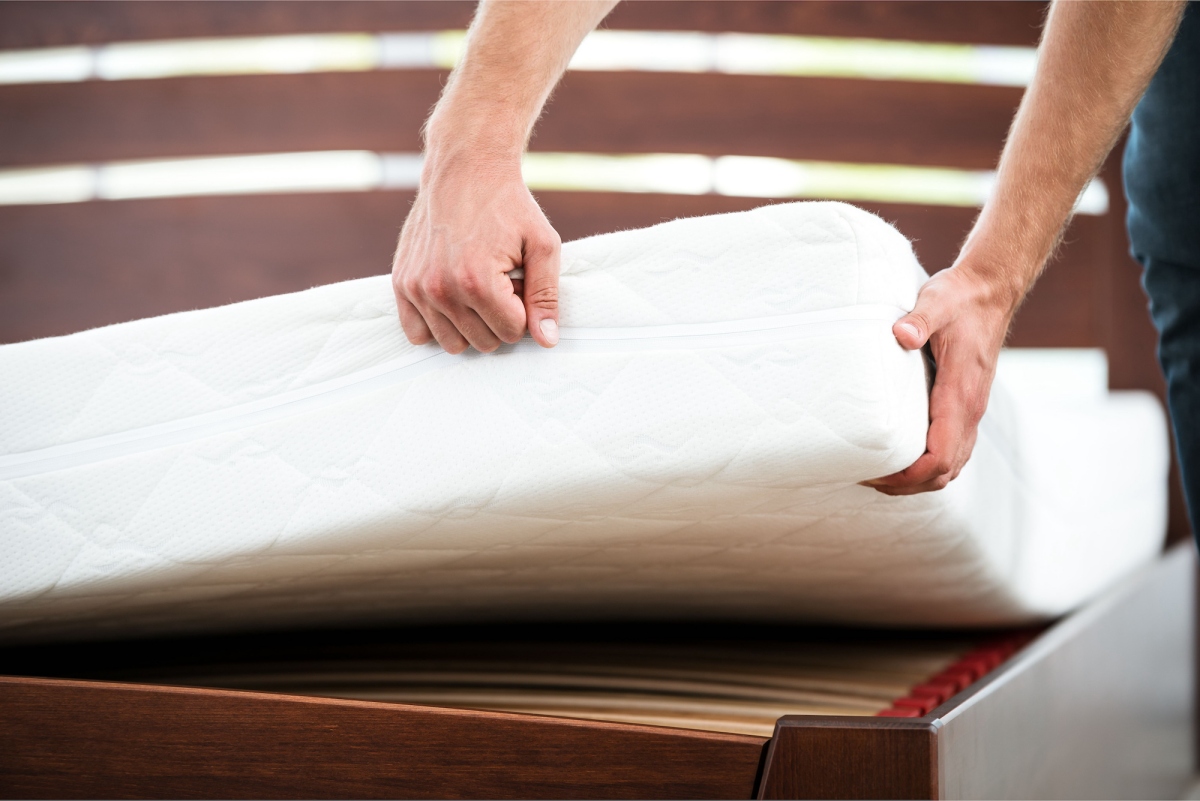
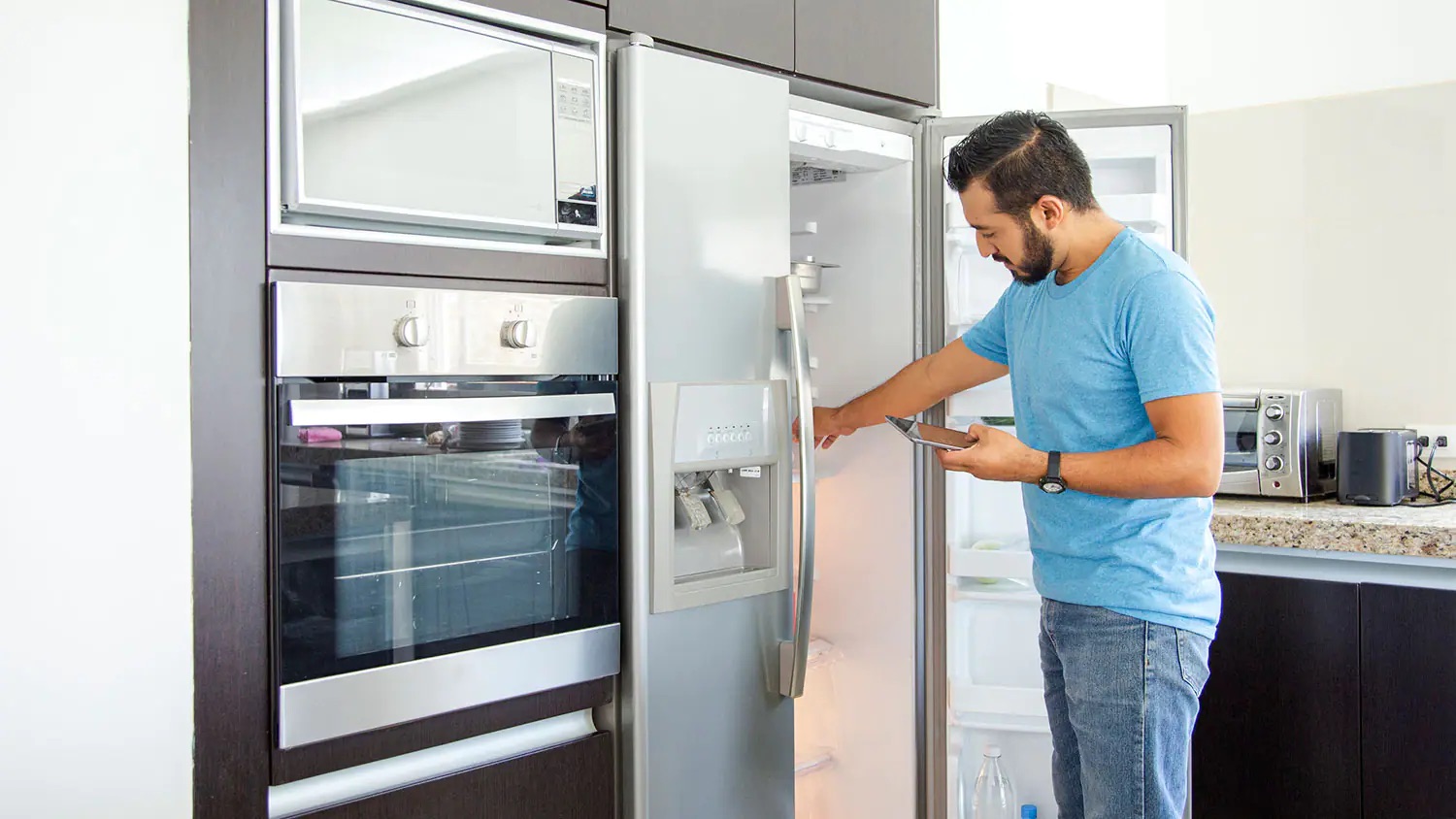
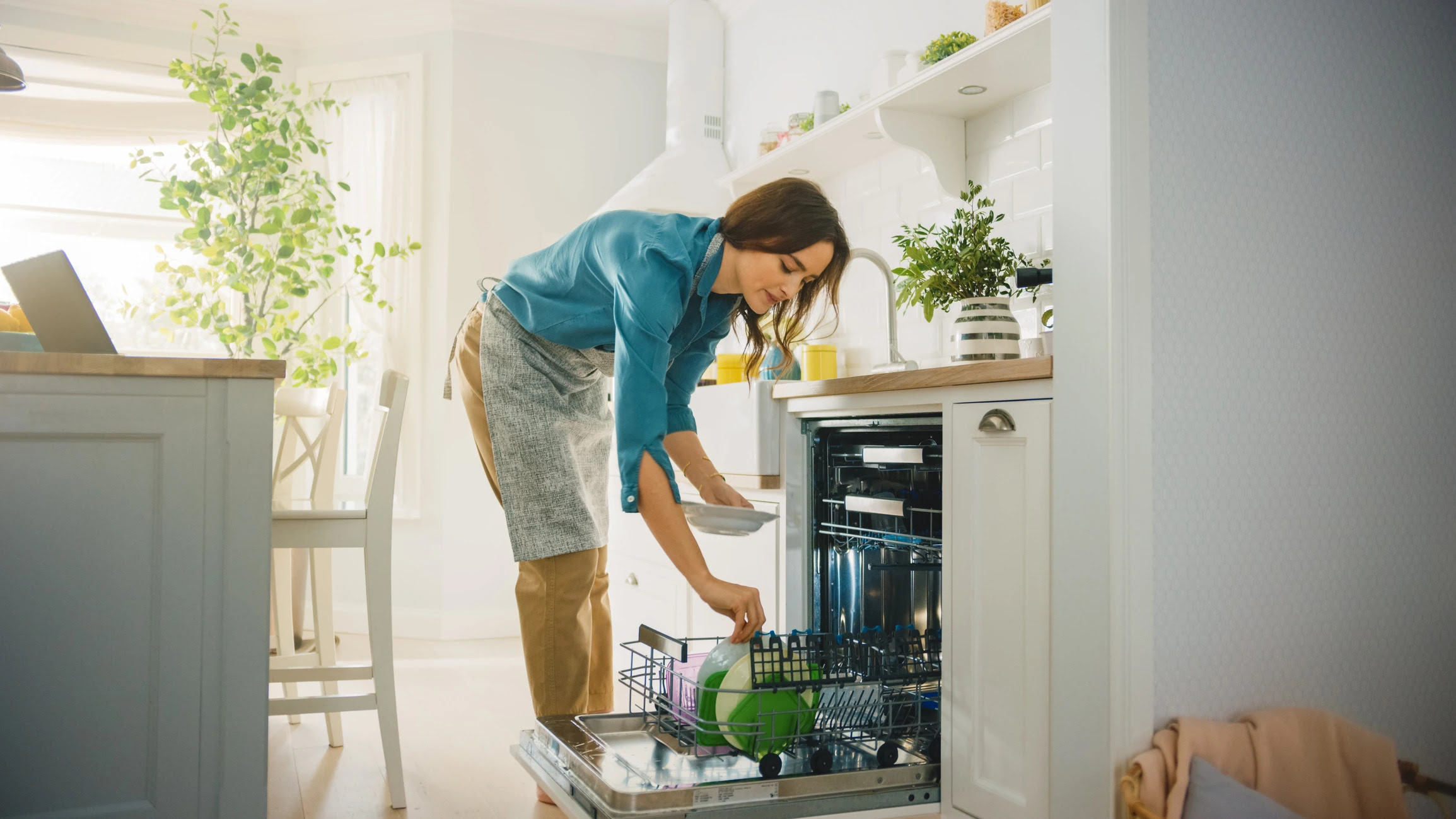
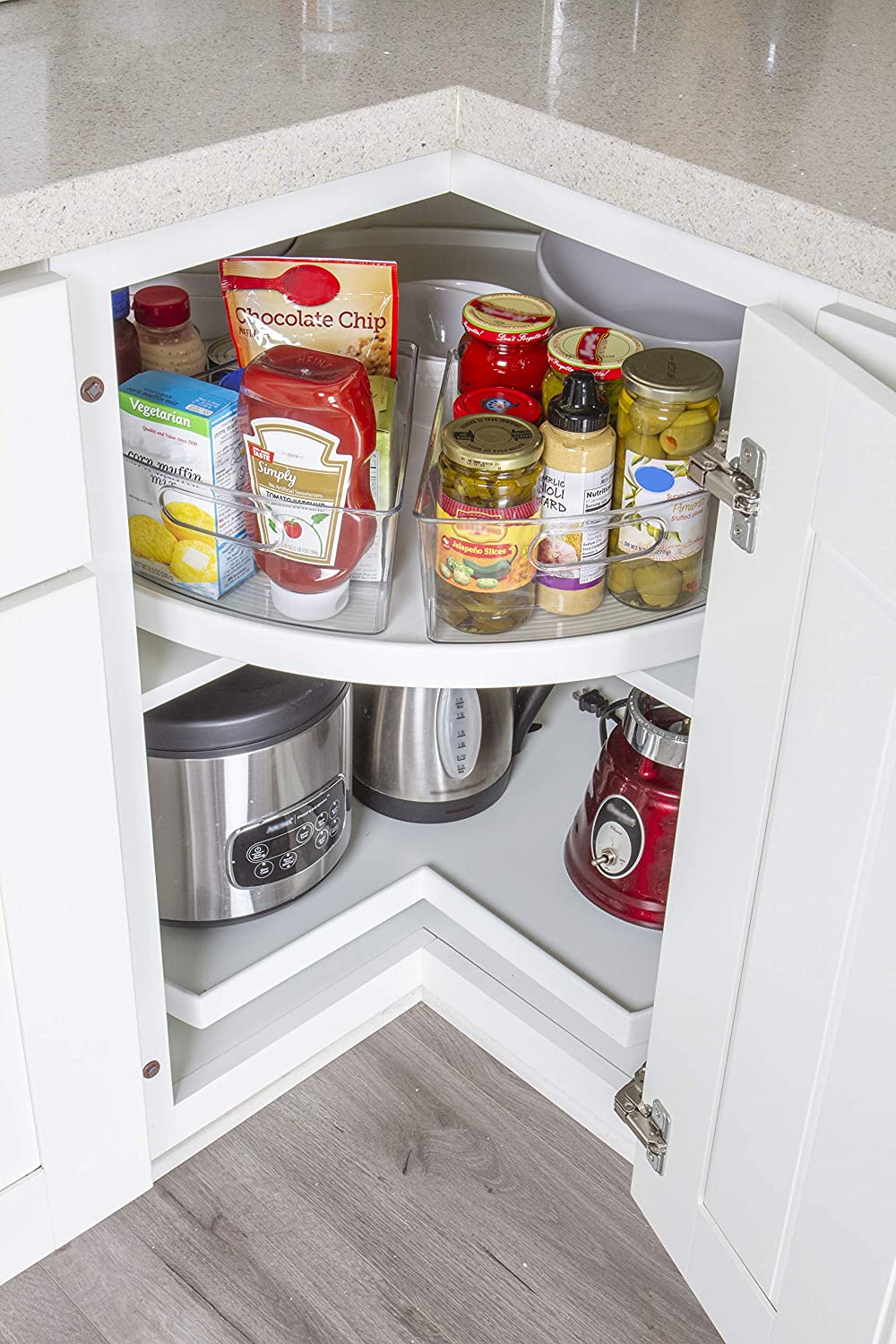
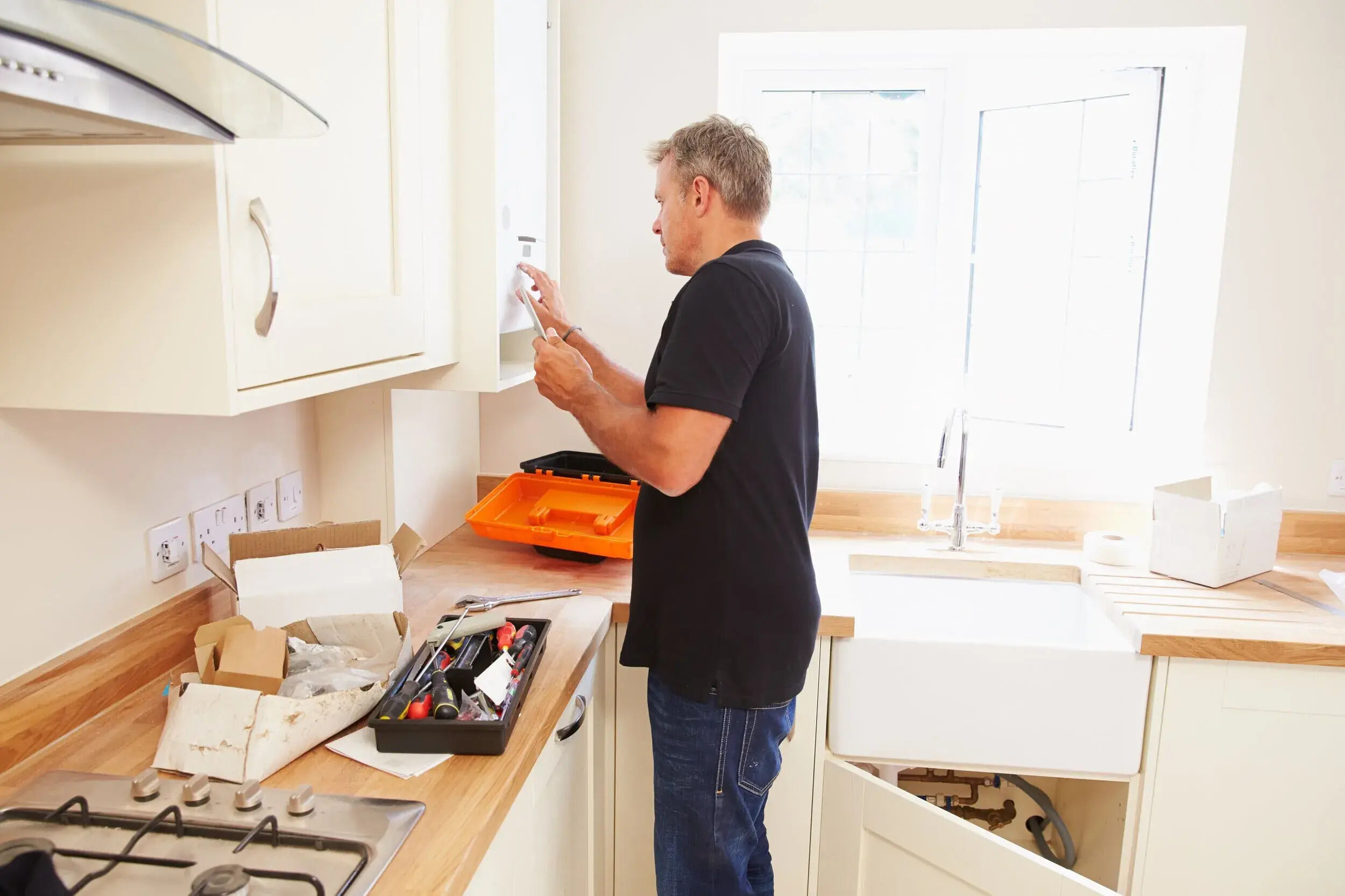
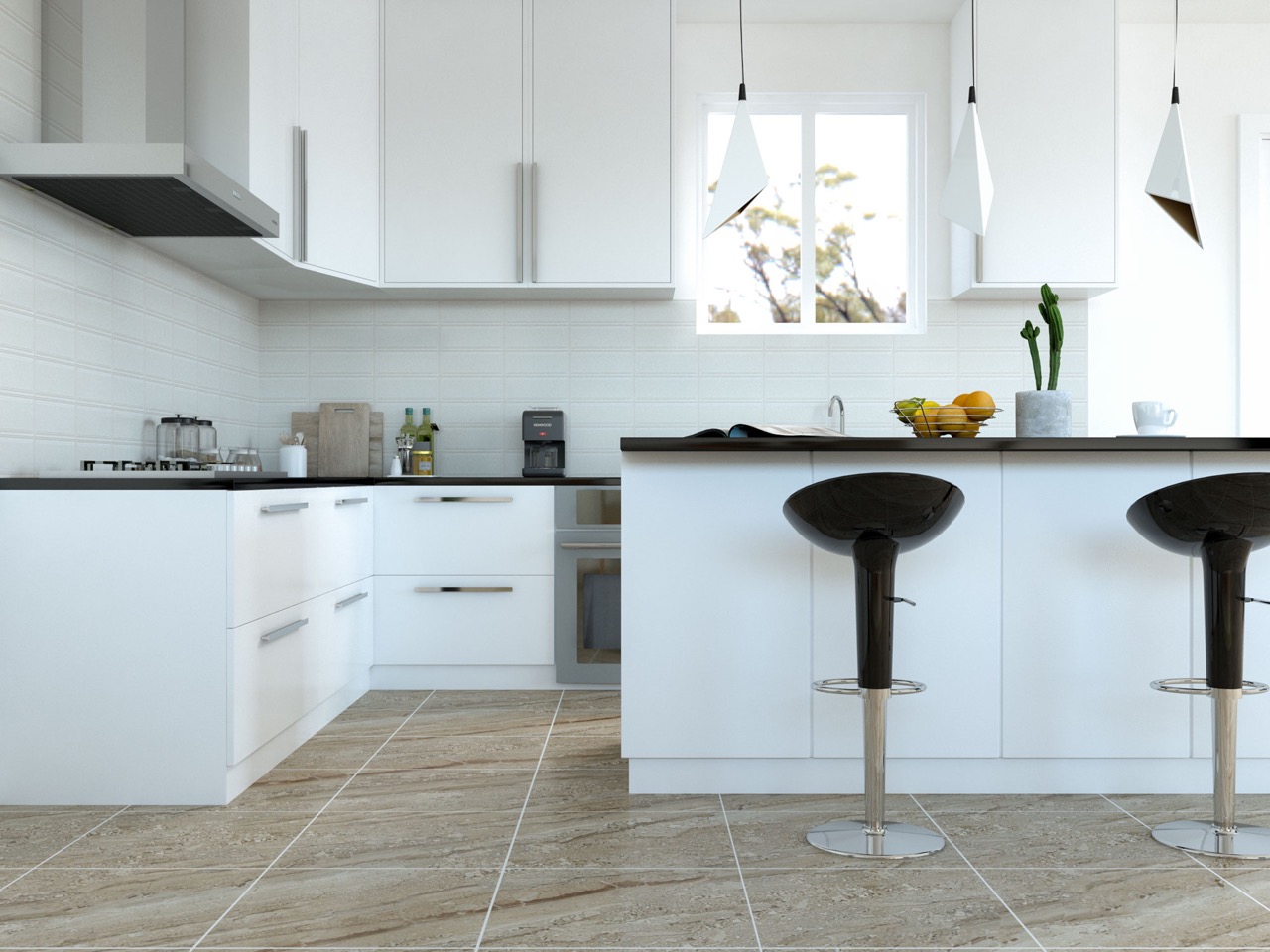
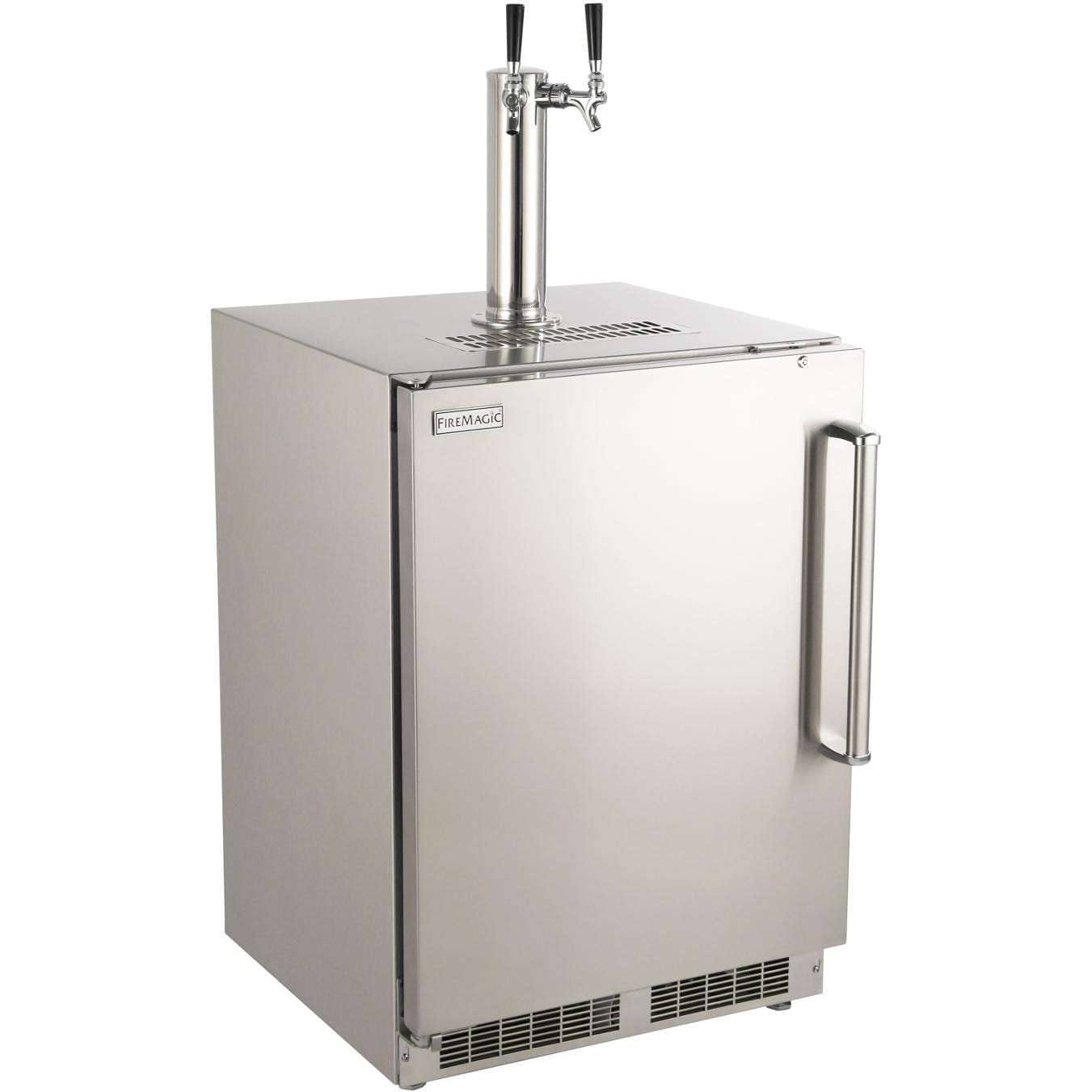

0 thoughts on “What Is The Standard Kitchen Cabinet Depth”